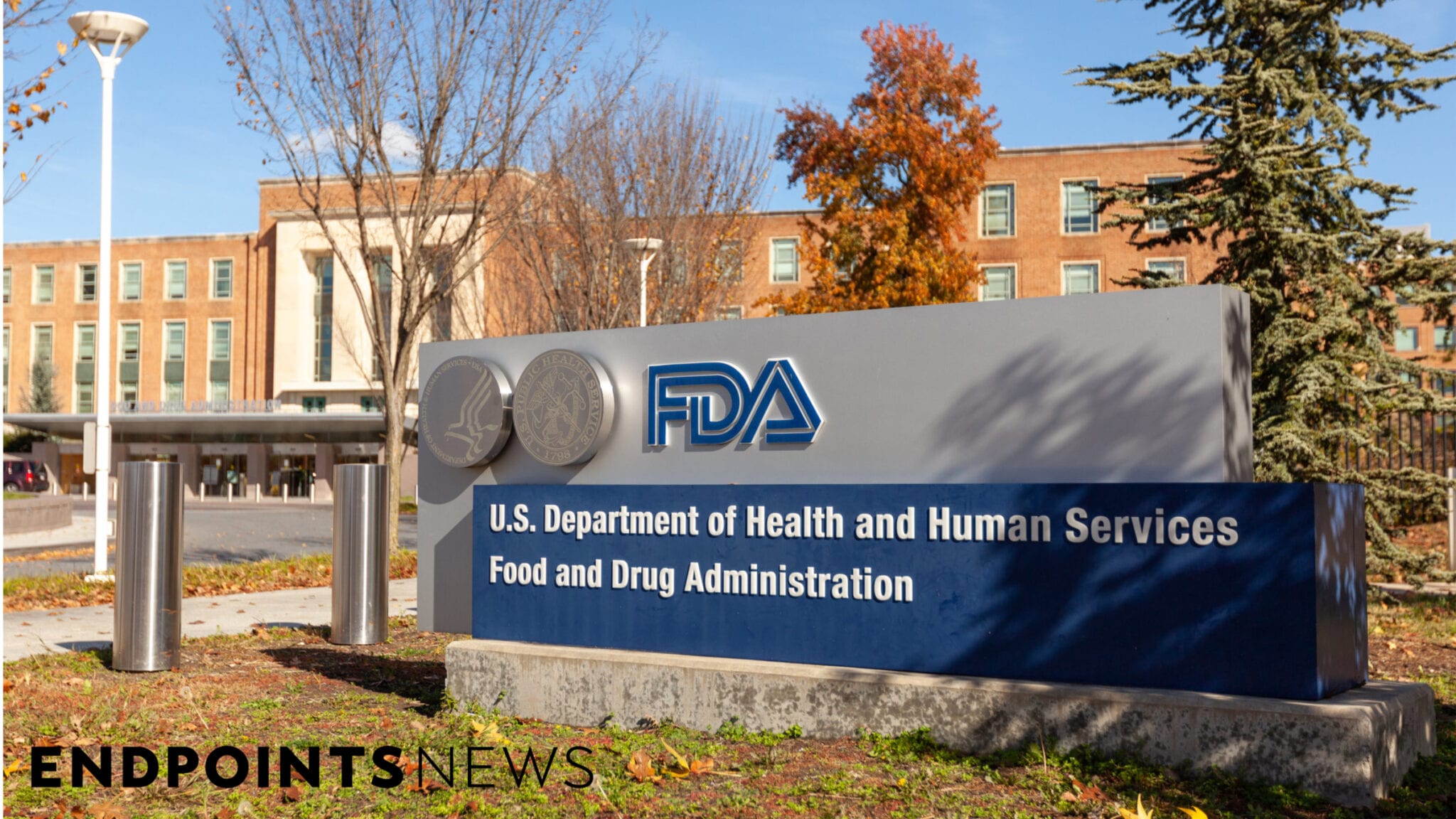This article was originally published here
BMJ Open Diabetes Res Care. 2021 Mar; 9 (1): e001312. doi: 10.1136 / bmjdrc-2020-001312.
ABSTRACT
INTRODUCTION: Patients with type 2 diabetes are at excessive risk of cancer. The possible role of advanced glycation end products (AGEs) accumulated in carcinogenesis during long-term hyperglycemia has been suggested by biological studies, but clinical data are lacking. AGEs can be estimated by measuring the autofluorescence of the skin. We wanted to see if skin autofluorescence could predict new types of cancer in people with type 2 diabetes.
RESEARCH DESIGN AND METHODS: From 2009 to 2015, we measured the skin autofluorescence of 413 subjects who were hospitalized for uncontrolled or complicated type 2 diabetes with no history of cancer. Participants were followed for at least 1 year and the incidence of new cancers compared by their initial skin autofluorescence.
Results: The participants were mainly men (57.9%) with poorly controlled (HbA1c 72 ± 14 mmol / mol or 8.7% ± 1.8%) and / or complicated type 2 diabetes. Their mean skin autofluorescence was 2.6 (2.2-3.0) arbitrary units. 45 new cancer cases (10.9%) were registered during the 4.8 ± 2.3-year follow-up period: 75.6% of these subjects had skin autofluorescence that was above the median (χ2: p = 0.001). Using Cox regression analysis, adjusted for age, gender, body mass index, smoking history and kidney parameters, the autofluorescence of the skin> 2.6 predicted a 2.57-fold higher cancer risk (95% CI 1.28 to 5.19, p = 0.008). This association remained significant after excluding the eight cancers that occurred in the 4 years after inclusion (OR 2.95, 95% CI 1.36 to 6.38, p = 0.006). As a continuous variable, skin autofluorescence was also associated with new cancers (OR 1.05, 95% CI 1.01 to 1.10, p = 0.045).
CONCLUSIONS: Skin autofluorescence, a potential marker of glycemic memory, predicts the occurrence of cancer in patients with type 2 diabetes. This relationship provides a new clinical argument for the role of AGEs in cancer. Their assessment by measuring skin autofluorescence can be helpful in selecting patients with diabetes in cancer screening programs.
PMID: 33762312 | DOI: 10.1136 / bmjdrc-2020-001312











